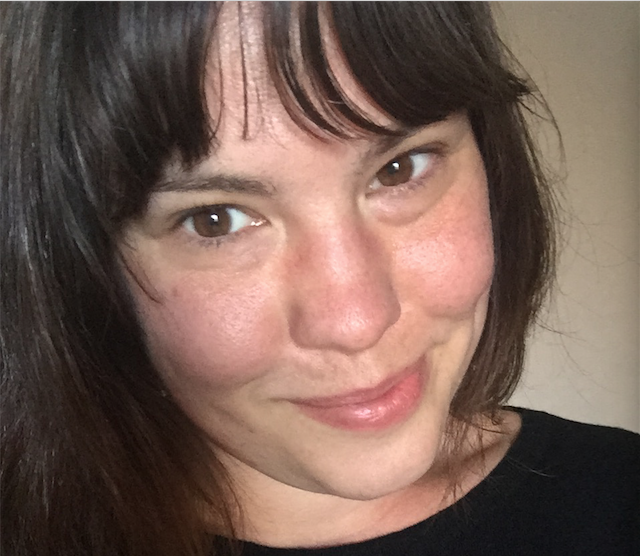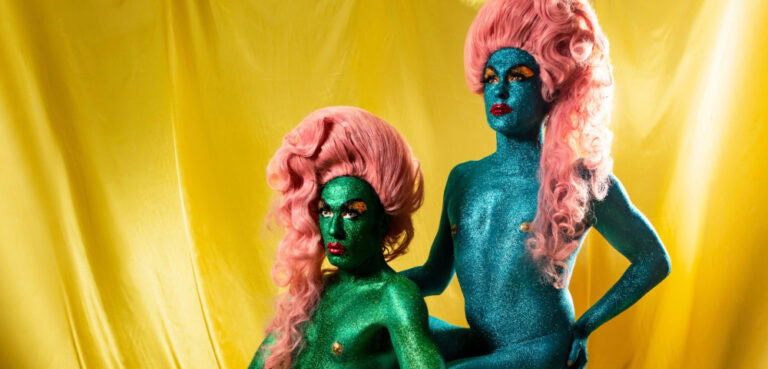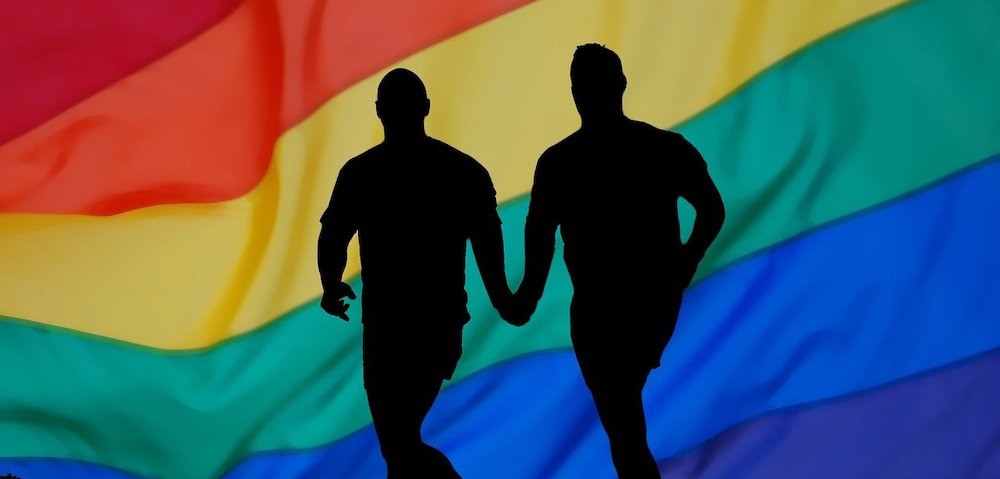
Women in the Star

Ani Lamont was often the only female journalist in the Star Observer’s news room for much of her time at the paper. She reflects on the Star’s relationship with women.
I came on board with the Star Observer at a time in my life when I had left News Limited because of a culture of sexism and bullying, and at the ripe old age of 22 had already decided there was no space for my voice as a woman in the Australian media.
Scott Abrahams (then editor) thankfully thought otherwise. I saw the Star Observer do that for a number of people over the years – pick-up, support and hold space for people whose experiences of discrimination had left them feeling bruised and like they had no voice.
The role and importance of women, lesbian, queer and feminist identifying writers was always actively considered at the Star Observer, though also always difficult to achieve.
I can’t speak on behalf of any other staff writer’s experience, but first and foremost I think we were treated and respected as journalists and news reporters. The gravitas of Ruth Pollard’s lineage and reputation hung in the halls, not just as a documenter of queer women’s experiences but as a damn stellar journalist.
The Star Observer’s remit was to provide quality, focused news and political coverage and to place a spotlight on the needs and concerns of the LGBTQI community and the entire editorial team worked together to achieve that over a time of really immense change.
It felt normal at the time, but looking back, the level of progress we were able to agitate for over that period was immense.
In 2009, the final 85 pieces of discrimination across federal laws relating to taxation, veteran’s affairs and health were finally removed by the Rudd Government.
The passing of the federal Human Rights Act, including protections for discrimination on the grounds of sexual identity, the early acts of lobbying for same-sex marriage rights, including the first national survey of Australian opinions on the matter (we told you a decade ago the majority of Australians wanted it!), the 2010 passing of NSW legislation to allow same-sex adoption – these were all moments that happened because of the Star Observer’s existence and persistence, and the moments of history we dutifully recorded as journalists, with attention to accuracy and the art of good storytelling.
Does that mean there wasn’t sexism to encounter? Of course there was, but I can definitively say it was on a lesser scale to anything I encountered in any other newsroom in the country.
In large part this can be attributed to the leadership of Scott Abrahams who was actively dedicated to challenging old newsroom cultures.
At its most banal but irritating: at one point I had to introduce a ‘no talking about sex in my office before I’ve had coffee’ rule.
At it’s funniest: the most amount of hate mail I ever received was for a story I shared a byline on about the hidden codes of sex-on-premises venues. Apparently that was where the line was drawn, and policed by men in terry towels no doubt – who knew?
And at its worst: there were some heads of community organisations who simply would not speak to me, preferring only to engage with my male colleagues.
In contrast to those, admittedly rare, experiences, the Star Observer also provided a space to explore issues that never would have received a run anywhere else in the country, even today.
I remember getting a run on a story with the headine The Ins and Outs of Innies and Outties about labia and lesbian sexual health. We covered issues of domestic violence in LGBTQI relationships with a level of gendered understanding that even the women’s sector is yet to catch-up to.
Most importantly, the Star Observer gave space to interview and interact with indomitable leaders like Stevie Clayton at ACON, Steph Sands at Mardi Gras, Bev Lange at Bobby Goldsmith, and once even gave me the opportunity to have tea with Kerryn Phelps at her very impressive home.
These women inspired equal parts terror and awe in me (and still do) and exemplified everything that community-led, women’s leadership should look like.
What I personally remember the most from those years though, as we were pushing for the legal recognition of same-sex families, were all of the personal stories of lesbian mums (and dads, but it’s the mums that come to mind) being unfairly annexed off from their families and treated like lesser members of their communities because of unfair laws.
The telling of those intimate stories put a face to the legislative arguments. The space the Star Observer provided for that was crucial in creating a fairer Australia.
I will always remember literally running across Hyde Park to be at Parliament House as the legislation to allow same-sex adoption was passed, and the lesbian couple standing next to me who just held each other and cried.
It now takes on all new meaning for me at 34, as my own friends start having children, and I right now eagerly await the birth of my very first fairy godchild. That I got to be a part of a team and community that made sure that both of that child’s mothers would be recognised is a blessing.
Looking back on the scope of our coverage, it was absolutely right that we focused on the straight-up facts and approaches of news reporting. But did this create blind spots? Yes, absolutely. It was not just lesbian and queer women’s perspectives that were downplayed.
Also lost in the mix were a broad array of gendered experiences from our community – intersex voices were only ever featured in the back pages,
Aboriginal gay and lesbian communities were not as included into the fold as they could have been. Voices of colour were not brought to the forefront. Gender-queer and gender non-conforming experiences were rare and bi-sexuality was not deemed ‘a thing.’
Was this problem unique to the Star Observer or the result of some deliberate maleficence of its staff or editorial approach? No.
There are long and well-documented historical reasons for these rifts in LGBTQI communities. There were also the real and practical difficulties of balancing the role of the Star Observer as a torch-bearer for marginalised voices, against the realities of keeping it financially afloat in a city like Sydney.
The entire world has progressed in its understanding of intersectionality. Ten years ago when we were the only people covering Caster Semenya’s story, there was no way we could have predicted she would one day grace a Nike billboard.
I am wary, even now, to raise these thoughts, because the problem that I encountered more than sexism was a wider culture of vicious perfectionism in activist circles.
This is not unique to LGBTQI communities. Demands from armchair activists and vicious attacks against people who may still be learning the right words or deepening their understanding, are rife and not helpful.
It is something we all need to address if we are to foster the types of strong, sustainable and radically hopeful social change movements we need right now more than ever.
As we move into the next phase of gender-politics, which I love for its better embrace of gender and sexual-fluidity, and conscious efforts to put the tools of storytelling directly in the hands of the once ignored, I am excited to see how a new generation of writers and content producers evolve the Star Observer to capture the full, beautiful array of these experiences and stories.
Ani Lamont was a news journalist for the Star Observer from 2007 to 2010










Thanks Ani. I was a staff journalist at the Star in the early 1990s. I just wanted to point to the historical significance of the Star’s first female editor, the late Barb Farrelly. Barb was an astonishing award winning journalist and important role model for me and others. She contrbiiuted hugely to the profile of women at the Star, and was a pioneer in HIV journalism in which she greatly encouraged me.